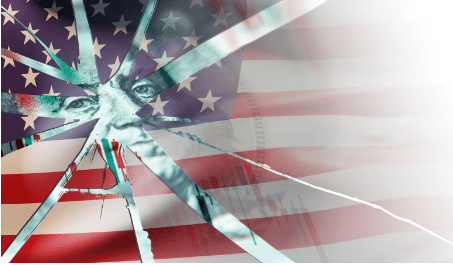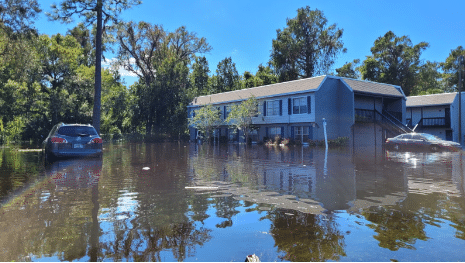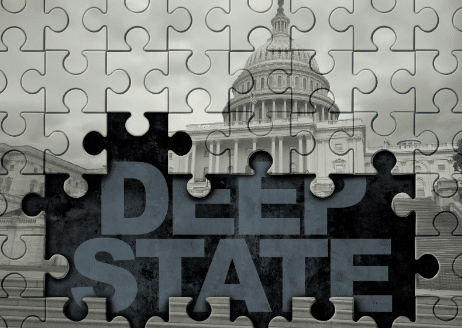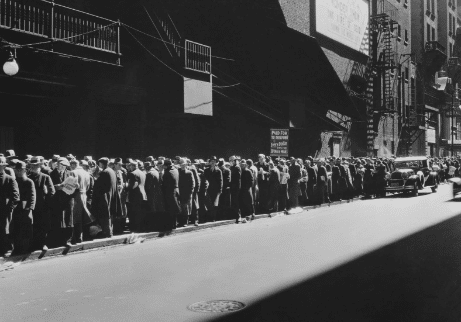The IMF’s Guide to Enabling Deep Negative Interest Rates to Fight Recessions
When institutional elites communicate with one another to implement plans that may significantly affect the rest of the non-elite world, they usually do so inconspicuously, through technical documents that are shared between members of the group.
It’s not that the documents are inaccessible to the public (they are, upon request), it’s just that the public typically has no interest in reading them. But these often-indecipherable texts contain hints toward policies slated to unfold.
Take the IMF. If you want to gain an insight into the likely monetary response in the next recession, it helps to pay attention to the IMF’s publications. To give you an example, the IMF has just published a guide recommending that central banks adopt a deep negative interest rate policy. Pay attention to the language: the IMF isn’t just advocating “negative” interest rate adoption, but “deep” negative interest rate adoption.
Here’s the publication, titled Enabling Deep Negative Rates to Fight Recessions: A Guide.
In it, they argue that “the zero lower bound is not a law of nature; it is a policy choice. The central message of this paper is that with readily available tools a central bank can enable deep negative rates whenever needed…”
They are right. It isn’t a “law of nature”, but it’s also antithetical to the natural law of interest, perhaps to the point of absurdity. It’s like saying you would prefer to have much less in the future than having more now. If presented with the choice--here’s $100 now or here’s $50 tomorrow--you would say “I’ll take the $50 tomorrow.” Such thinking doesn’t happen in the real world (unless you’re really not that smart).
But the irony in all this is that negative interest rates can also cause higher market rates. How so? Banks make money by charging more interest to borrowers than the interest they pay out to depositors. When interest rates go negative, banks will have to find a way to make money, as their depositors may begin withdrawing their funds en masse. Since banks need to have enough deposits to maintain their current loans, they may be forced to start calling in some of their loans. As loans shrink, so do revenues. Banks can downsize to protect themselves--closing branches and laying off employees. By this time, however, the market takes notice, and what it sees are dismal signs of a collapsing industry. Naturally, investors would want to sell their stocks, causing a major decline across the entire financial sector. Meanwhile, banks still need to boost their income. So what do they do? Banks may resort to charging borrowers with even higher interest rates.
So much for deep negative interest rates.
But by this time, with the entire banking industry on the verge of collapse, the Dodd-Frank Orderly Liquidation Authority--the “bail-in” emergency measure--might have already kicked in. Bad news for the remaining depositors. But it’s also bad news for anyone holding bank stocks, or any stocks for that matter (unless you’re Warren Buffett or Berkshire Hathaway). Perhaps it will be more of a bearable situation for those who hold a well-placed hedge against the current turmoil through safe-haven assets such as gold and silver.
Such a bleak outcome is by no means a certainty. But judging by the direction that the winds are blowing, at least in terms of monetary policy as envisioned by the IMF, a dismal future as the one outlined above remains a possibility.
Request the IMF paper and read it yourself. Here’s the link again: Enabling Deep Negative Rates to Fight Recessions: A Guide. You can also consider it a warning.
The financial market is crumbling and EVERYONE will be affected. Only those who know what's going on and PREPARE will survive... dare we say thrive. Our 7 Simple Action Items to Protect Your Bank Account will give you the tools you need to make informed decisions to protect yourself and the ones you love.












